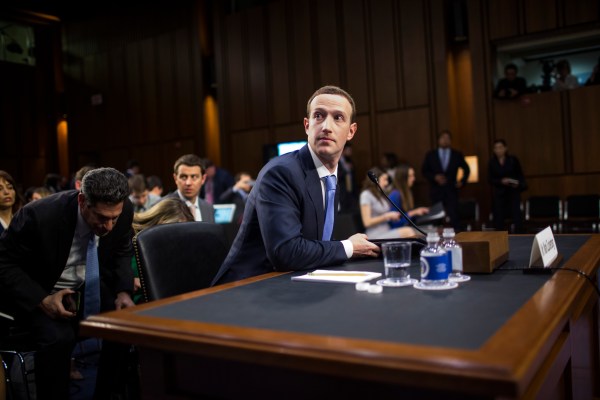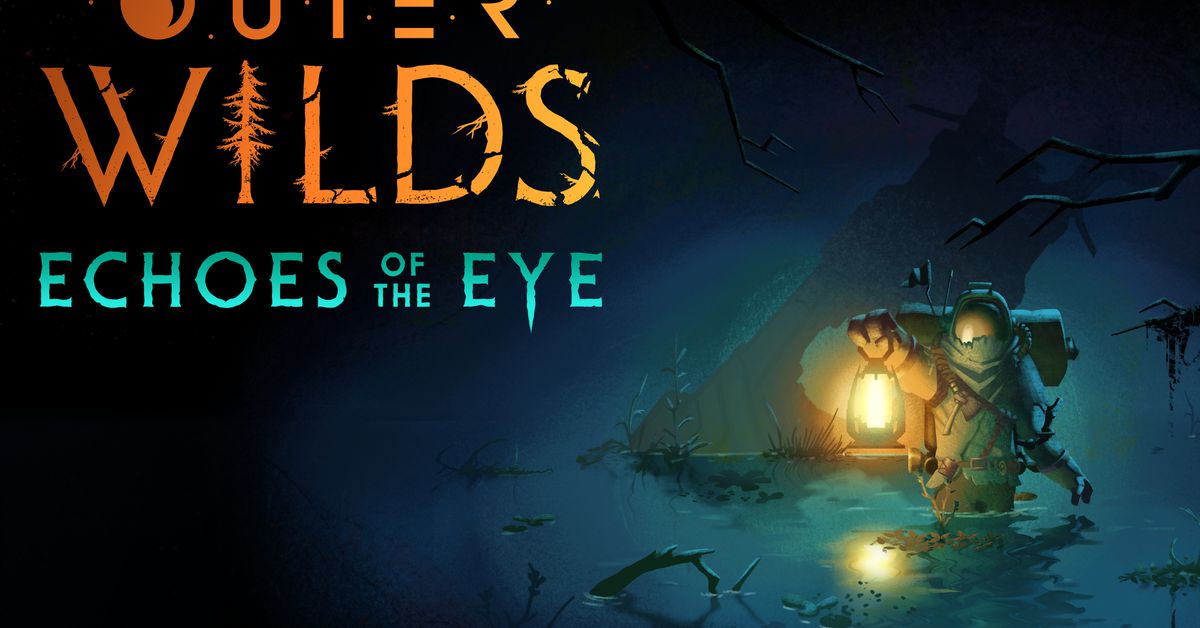Amazon’s company culture may be hurting its streaming business
Illustration: Alex Castro / The VergeWith a company as large and wealthy as Amazon, it has more than enough resources to take down its competitors in the streaming industry — but why hasn’t it? Prime Video boasts the adaptations...
/cdn.vox-cdn.com/uploads/chorus_asset/file/23935561/acastro_STK103__04.jpg)
With a company as large and wealthy as Amazon, it has more than enough resources to take down its competitors in the streaming industry — but why hasn’t it? Prime Video boasts the adaptations of several big-name franchises, like Tom Clancy’s Jack Ryan, The Boys, The Lord of the Rings: The Rings of Power, and the upcoming Fallout, but the technology foundation that Amazon’s built upon seems to be a problem for its streaming business.
As detailed in this piece from The Hollywood Reporter, some of the tension behind the scenes at Prime Video stems from Amazon’s Big Tech culture. Amazon is notorious for how it treats employees as cogs in the larger business machine, and that doesn’t exactly mesh well with the talent-obsessed ways of Hollywood.
Entertainment execs aren’t happy with Amazon’s unfashionable “agile seating” arrangements
Some of the instances of culture clash between the two worlds are funny — with insiders speaking to Kim Masters sounding a little spoiled as they complain about seating plans and compensation structure. Although this may seem petty, it’s still an issue. Regardless of who is to blame (many of the sources in The Hollywood Reporter’s piece point to Prime Video head Jennifer Salke), things are not going as well as they could be in Amazon’s streaming business.
Amazon caps base pay for employees at $350,000 with stock options. That’s not the way compensation is handled in Hollywood or even at most other big streaming companies. Employees at Netflix, for example, can choose how much of their compensation they want in stock versus base pay. With Amazon’s compensation structure being so different, the insiders who spoke to The Hollywood Reporter suggested that many Amazon Prime execs were simply “marking time to get as much stock [to vest] as they can.”
Amazon has also apparently extended its “agile seating” arrangement to its entertainment arm. This means only the top executives get their own offices, while the rest of the employees are left storing their personal items in not-so-glamorous lockers and doing their work in unassigned cubicles. That doesn’t seem to translate well to the world of Hollywood, where a good office for hosting talent and taking calls is as much a sign of status as it is important for the job. “It just contributes to the sense of anonymity — that nobody knows where their own spaces and belongings are,” The Hollywood Reporter’s source says.
But it’s not just the lack of corner offices and huge pay packages that have streaming execs at Amazon grumbling. There are also the metrics. Tech-based streamers have a tendency to let metrics drive decisions, where Hollywood-based streamers might sometimes be more willing to gamble big on gut feelings. A great example of this is Amazon’s foray into live sports with its Thursday Night Football games. Amazon did really, really well with this deal, spending $1 billion per year and netting a record number of Prime subscribers during its debut broadcast as a result.
That’s wonderful, but it has led to the bosses of all of those people hired to find and make TV shows and movies wondering why they need to spend on possible big wins when blowing cash on exclusive sports has netted more subscribers. As noted by The Hollywood Reporter, Prime Video insiders say its success has changed the way that the company views live TV and film when it comes to snagging — and keeping — Prime subscribers.
And when you look at just how much Amazon has spent on scripted content versus sports, you can almost see where those execs are coming from. In February, Amazon touted attracting 100 million viewers to the first season of The Lord of the Rings: The Rings of Power, which is the most expensive show in the world, costing a whopping $450 million (or closer to $700 million if you count the $250 million Amazon paid for the rights to Lord of the Rings). However, only 37 percent of users in the US completed watching it, The Hollywood Reporter notes, falling short of expectations.
Do you work for Amazon? Email me tips at emma.roth@theverge.com
Other similarly pricey projects have had similar results — if they went anywhere at all. For example, The Hollywood Reporter states Amazon spent $8 million on a two-year deal with Lena Waithe, who eventually left for HBO Max. It also renewed a $20 million per year deal with Phoebe Waller-Bridge after she departed the Mr. & Mrs. Smith project she was working on. Waller-Bridge is now writing Amazon’s Tomb Raider adaptation.
According to the company’s earnings report, Amazon spent a total of $16.6 billion on video and music last year, $7 billion of which Amazon CFO Brian Olsavsky says was spent on “Amazon originals, live sports and licensed third-party video content included with Prime.” The company spent half as much as its biggest rival, Netflix, which wavered around $16.84 billion last year.
But it seems as though Amazon’s $7 billion bill didn’t do much to move the needle in terms of subscriber count. Instead of just maintaining a streaming service that produces solid — but not outstanding — content, Amazon may need to figure out its own Hollywood ambitions before it spends another $7 billion on making just okay content.

 ValVades
ValVades 
































